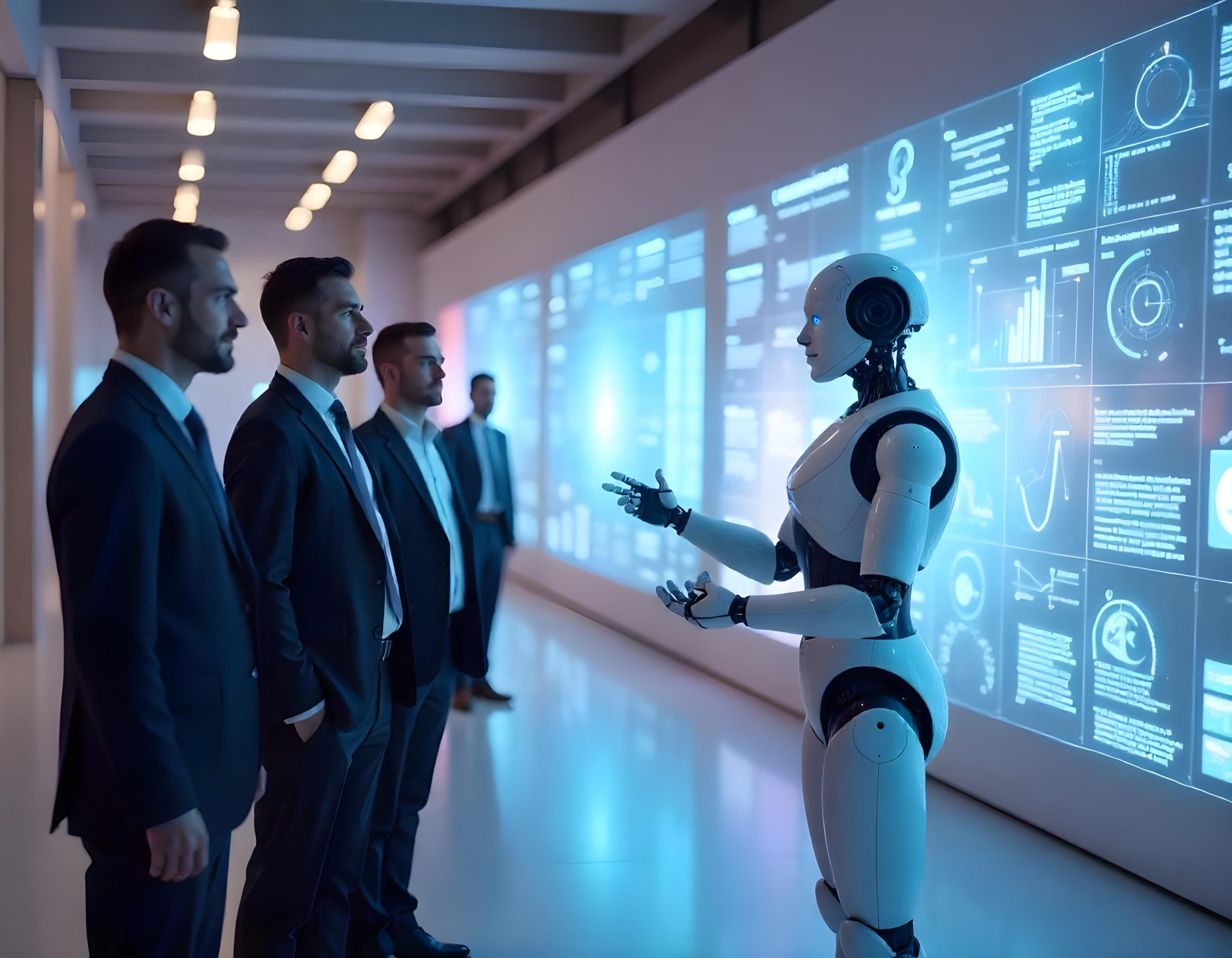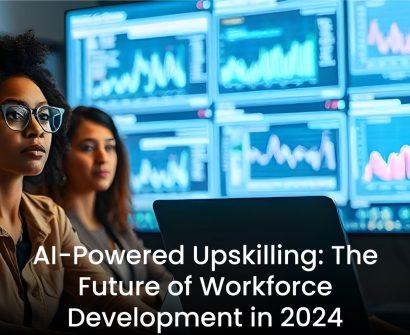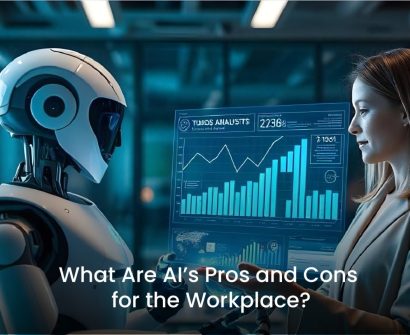
What is the AI Powered Learning System?
Education is not an exception; artificial intelligence (AI) is changing sectors all around. By allowing learning to be more customized, efficient, and scalable, AI-powered learning systems are transforming conventional teaching approaches. We shall discuss in this blog the operation of these systems, their basic elements, advantages, and the future these systems provide for corporate training and educational settings
Understanding AI-Powered Learning Systems
An AI-powered learning system is a digital platform combining AI technologies—machine learning, natural language processing (NLP), data analytics—to provide tailored and flexible learning opportunities. From material suggestion to grading, these systems use AI to automate many facets of education, therefore providing learners with a customized strategy to acquire information depending on their own requirements, preferences, and development.
Fundamentally, the use of AI in learning systems employs sophisticated algorithms to evaluate among learners, forecast needs, and maximize the whole learning process, hence transcending simple automation. One main illustration of this is the Learning Management System (LMS) improved by artificial intelligence, which is becoming a major instrument in customizing corporate training courses and education. Explore advancements in AI-driven learning solutions
How AI Enhances Learning
Personalized Learning Paths
By evaluating enormous volumes of data including learner performance, preferences, and engagement levels, AI-powered systems produce customized learning experiences. AI systems can monitor how learners interact with material, what they struggle with, and even their learning pace. This information allows the system to provide customized material and learning routes most suited for each particular learner. Because the material speaks to their needs, learners are more likely to remain involved and remember what they have studied.
Automated Assessments and Feedback
In training, assessment is among the time-consuming tasks. Using natural language processing (NLP), AI applications can automatically grade tests, homework, and even more difficult assignments including essays. This not only lessens trainers’ administrative load but also gives to their learners immediate comments so they may grow and learn right away.
Adaptive Learning Experiences
Often one-size-fits-all, traditional learning approaches But depending on real-time learner progress, AI-powered systems modify the material and learning speed. If a learner finds difficulties understanding a given idea, the system might offer further materials or change the difficulty level of next assignments. This degree of adaptation guarantees that learners are neither overburdened nor underchallenged, therefore maximizing their learning possibilities.


Content Recommendations
Furthermore, providing intelligent content suggestions based on learner behavior are artificial intelligence systems. For example, the system will recommend forms if a learner likes interactive modules or video-based courses. This not only improves engagement among learners but also raises the possibility of idea retention by providing knowledge in the most appropriate style for the particular learner.
Predictive Analytics
Predictive analytics is another very strong tool of artificial intelligence in learning systems. Through prior learner behavior analysis, artificial intelligence may forecast future performance, pointing out early top achievers or declining prospective drop-off points. In corporate training, this is especially helpful as knowing staff growth and future learning needs helps build stronger development initiatives.
Benefits of AI-Powered Learning Systems
Efficiency
By automating repetitive operations like grading, scheduling, and even administrative work like enrollment management, AI lessens the physical labor for teachers and corporate trainers. This frees trainers to concentrate more on producing interesting materials and helping learners.
Scalability
Large numbers of learners can be handled by AI-powered systems without sacrificing personalizing ability. Globally training initiatives in corporate settings depend on this scalability so that staff members in various locations may get customized learning courses fit for their particular responsibilities.
Continuous Learning and Skill Development
By constantly changing the learning content depending on the learner’s development and changing skill gaps, AI-driven platforms provide chances for lifelong learning. In sectors that need constant upskilling, this is especially helpful to guarantee that learners are continually learning relevant skills to remain competitive.


Improved Learning Outcomes
AI-powered solutions improve engagement, drive, and knowledge retention by providing tailored and adaptable learning opportunities. learners who have access to materials fit for their learning style and requirements are more likely to succeed
Challenges and Future Directions
AI-powered learning systems bring difficulties even if they have great possibilities. Data privacy is one issue as these systems mostly depend on gathering and evaluating personal information. First priorities are guaranteeing ethical AI usage and preserving strong security protocols.
Making sure artificial intelligence enhances rather than replaces human contact in educational settings is even another difficulty. Although artificial intelligence can manage much of the administrative burden, it cannot replace the sensitivity, inventiveness, and emotional support human teachers offer.
AI-powered learning systems provide bright future prospects. As artificial intelligence technologies develop, we should anticipate progressively more complex systems able to recognize emotional signals, generate immersive learning opportunities using augmented and virtual reality, and provide ever more customized content suggestions.
Conclusion
By making learning more individualized, adaptable, and scalable, AI-powered learning systems are changing the terrain of education. These technologies are not only the future—they are already changing how we learn now with advantages including automated evaluations, predictive analytics, and content suggestions. A time when learning is more efficient, effective, and available to everybody as we keep improving these technologies approaches dawn.
Organizations and teachers may improve learner involvement, eliminate skill gaps, and finally generate higher learning outcomes by knowing and welcoming AI-powered learning technologies.








